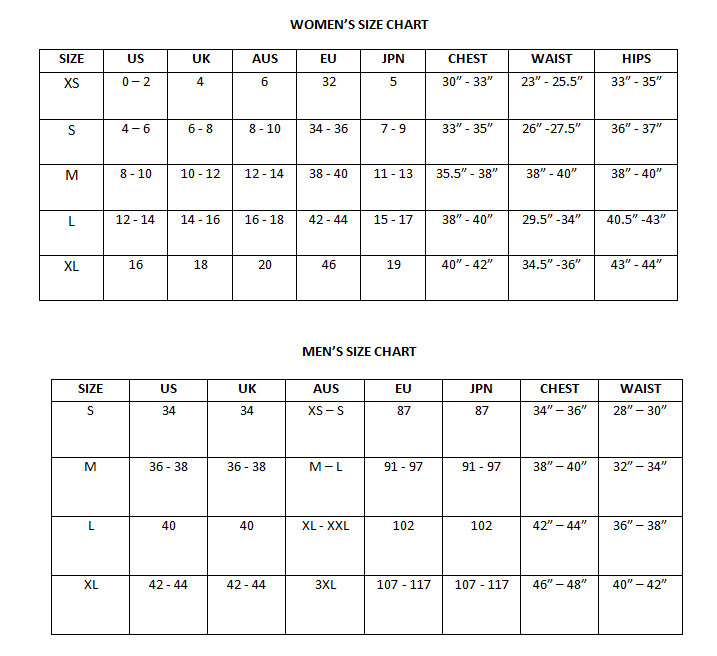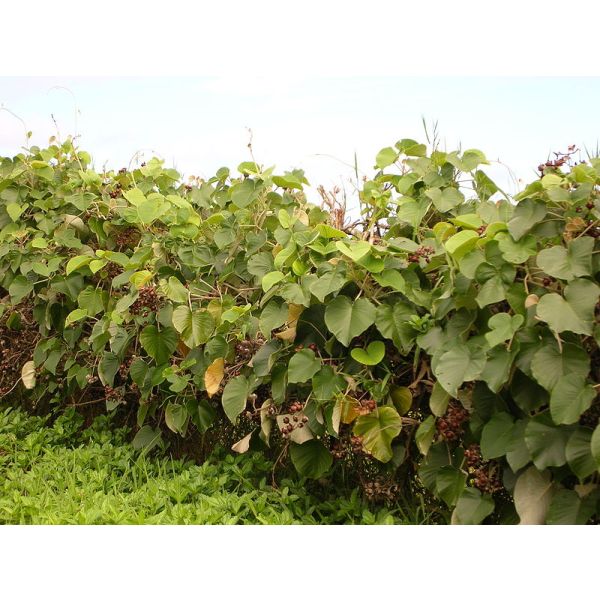Hawaiian Baby Woodrose Seeds (Argyreia nervosa)
Hawaiian Baby Woodrose Seeds (Argyreia nervosa)
Argyreia nervosa is a perennial climbing vine that is native to the Indian subcontinent and introduced to numerous areas worldwide,
including Hawaii, Africa and the Caribbean. Though it can be invasive, it is often prized for its aesthetic value. Common names include Hawaiian Baby Woodrose,

Delivery
All orders shipped with UPS Express.
Always free shipping for orders over US $250.
All orders are shipped with a UPS tracking number.
Returns
Items returned within 14 days of their original shipment date in same as new condition will be eligible for a full refund or store credit.
Refunds will be charged back to the original form of payment used for purchase.
Customer is responsible for shipping charges when making returns and shipping/handling fees of original purchase is non-refundable.
All sale items are final purchases.
Help
Give us a shout if you have any other questions and/or concerns.
Email: contact@domain.com
Phone: +1 (23) 456 789
Availability: Out of stock
SKU
Argyreia nervosa
Argyreia nervosa is a perennial climbing vine that is native to the Indian subcontinent and introduced to numerous areas worldwide,
including Hawaii, Africa and the Caribbean. Though it can be invasive, it is often prized for its aesthetic value. Common names include Hawaiian Baby Woodrose,
A. nervosa is a rare example of a plant whose putative hallucinogenic properties were not recognized until recent times.
While several of its cousins in the Convolvulaceae family, such as the Rivea corymbosa (Ololiuhqui) and Ipomoea tricolor (Tlitliltzin), were used in shamanic rituals of Latin America for centuries, A. nervosa was not traditionally used for this purpose.
Its properties were first brought to attention in the 1960s, despite the fact that the chemical composition of its seeds is nearly identical to those of the two species mentioned above,
and the seeds contain the highest concentration of psychoactive compounds in the entire family.
| Label | Argyreia nervosa |
|---|---|
| Common name | Hawaiian Baby Woodrose |
| Family | Convolvulaceae |
| Genus | Argyreia |
| Species | Argyreia nervosa |
| Germination | Coming soon. |
| Price View | Price Range |

